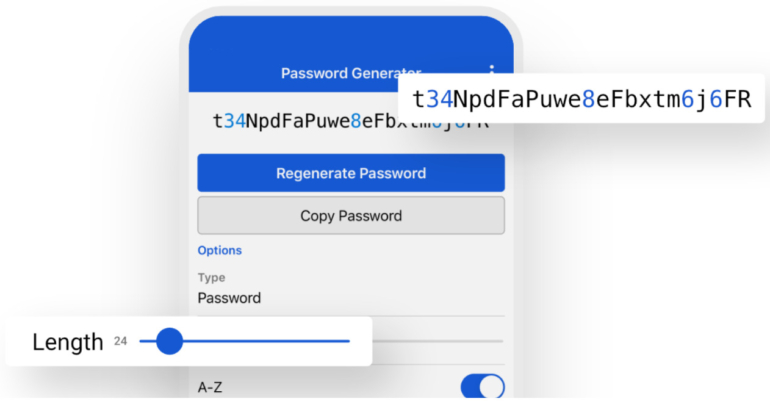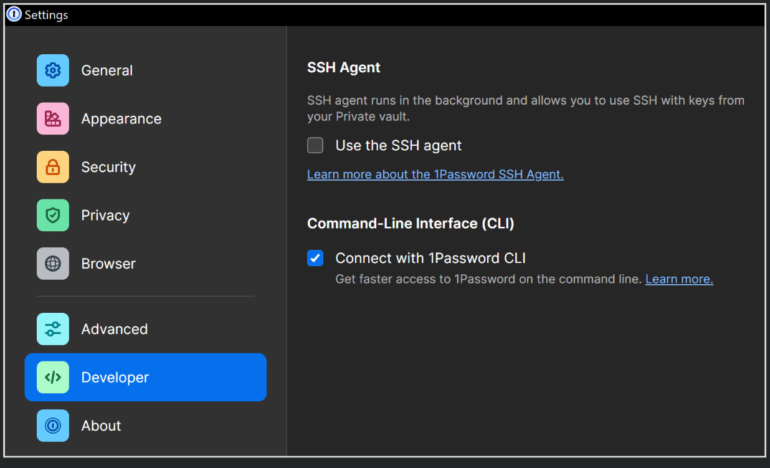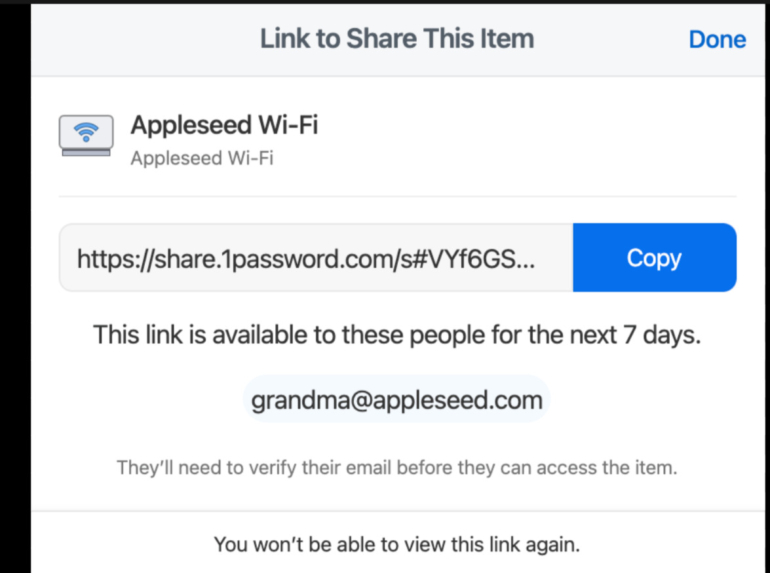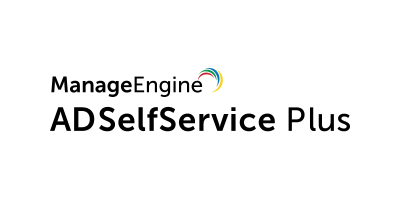Gone are the days when easy-to-memorize passwords such as “Ilovemycat36” sufficed. Nowadays, a long, heterogeneous mashup of characters, cases, numbers and symbols is pretty much mandatory.
In response, password manager tools such as Bitwarden and 1Password are becoming more popular among individuals and businesses of all sizes. While both password manager tools offer similar features such as password generator, password tracking, autofill capability and so on, there are still some notable differences that can help you decide which is most suitable for your business. Here is a deep dive into the differences and similarities of both tools as well as their pros and cons.
Jump to:
Bitwarden vs. 1Password: Comparison table
While price and major features are similar between these two options, they differ in compatibility with browsers and the included amount of encrypted storage.
| Bitwarden | 1Password | |
|---|---|---|
| Our rating | 4.3 stars out of 5 | 4.3 stars out of 5 |
| Starting price | Free forever plan for personal users and starts at $3 per month for business users. | Starts at $2.99 per month. |
| Browser extension | Chrome, Mozilla Firefox, Opera, Microsoft Edge, Safari and newer versions of Tor, Brave and Vivaldi. | Chrome, Firefox, Edge, Brave and Safari |
| Password generator | Yes | Yes |
| Password sharing | Yes | Yes |
| Autofill web forms | Yes | Yes |
| End-to-end encryption | Yes | Yes |
| Encrypted storage | 1GB of storage | Up to 5GB of storage |
Bitwarden and 1Password pricing
Bitwarden pricing is categorized into two major categories — Personal and Business.
Bitwarden personal plan
Free plan: This is a free version for individual users and comes with unlimited passwords, unlimited devices, and other perks.
Premium: Starts at $1 per month and offers features such as 2FA, Bitwarden Authenticator, security reports and more.
Family: Starts at $3.33 for up to six users and offers a 7-day free trial, unlimited password sharing, organization storage and more.
Bitwarden business plan
Teams: Starts at $3 per month per user.
Enterprise: Starts at $5 per month per user and is suitable for medium-scale businesses.
Get a Quote: Suitable for organizations with thousands of employees.
1Password
1Password doesn’t offer a free version but users can test it with a 14-day free trial.
1 Password Individual plan: Starts at $2.99 per month.
Families: Starts at $4.99 per month for five users.
Teams Starter Pack: Starts at $19.95 per month for ten users.
Business: Starts at $7.99 per month.
Enterprise: Contact the vendor for a quote.
Feature comparison: Bitwarden vs. 1Password
Detailed differences between these two password managers include how much data they encrypt, password recovery options and how easy it is to access your password when you need it the most.
Security and encryption
Bitwarden offers users encryption with the longest key-length size (Figure A). It also uses salted hashing to generate passwords, which makes them more difficult for brute force attacks to crack. Bitwarden undertakes frequent third-party security assessments and open-source community reviews to contribute to its security.
Figure A

1Password encrypts all user data (with AES-256 encryption), which only the user can decrypt, making data stored in 1Password inaccessible to backdoor hackers and nefarious insiders. Additionally, 1Password protects data from keyloggers and contains phishing defenses. The company also notifies users about security breaches that may include their information.
Password recovery
Unless you’re registered in Organization Master Password Reset or have set up another user as an emergency contact in the premium plan, there’s no way to restore your account or the data saved in your Bitwarden personal vault if you lose your master password. Because Bitwarden has zero-knowledge encryption, your only option would be to export your vault from any app that’s still logged in and import it into a new account.
Ditto with 1Password, except its Organization Master Password Reset is extended to the family plan, so family members (who can be added for one dollar per month each) can reset your password if needed.
Usability
With Bitwarden, some customers have issues with the autofill feature, and the interface isn’t very user-friendly. Furthermore, premium users are limited to 1GB of storage by default, which may be insufficient for commercial users. It does, however, include all of the key functions users should look for in a password manager.
1Password is simple to use, though the browser extension lacks some of the features included in the web version. Users cannot share passwords, using the browser extension, although the feature is available via the web version. Logging into accounts on mobile devices may require numerous steps, which appears to be the most common customer issue in terms of usability.
Multi platform compatibility
Users can access Bitwarden on Windows, macOS and Linux desktops with native applications. It can run on multiple browsers, including
- Chrome
- Mozilla Firefox
- Opera
- Microsoft Edge
- Safari
- Tor
- Brave
- Vivaldi
The tool also uses cloud syncing to make it easier for users to access sensitive information from anywhere and on any device. The Bitwarden command-line interface is also available to write and execute scripts on your vault.
1Password offers similar features as users can use the tool on Windows, macOS and Linux desktops with native applications. It can also be run through the CLI (Figure B). However, the browser extension is limited to Chrome, Firefox, Edge, Brave and Safari.
Figure B

Password sharing
You should keep your passwords to personal accounts to yourself. If you have a business account, password sharing allows employees to have access to shared corporate services, such as accounting software or mobile apps for submitting reports.
To share passwords on Bitwarden, you must first create an organization account, invite users and then share credentials with each person using your vault.
Because it’s easier to use the shared vault to share your credentials with other users (Figure C), 1Password has a small advantage over Bitwarden. To share a password, move it from your private vault to your shared vault. It’s just as simple to discontinue sharing a password with a user, which you might want to do if an employee leaves or no longer requires access to a shared account.
Figure C

Bitwarden pros and cons
Bitwarden makes it easy for companies to enforce security across the business, but may cause some complications for employees who tend to forget passwords.
Pros
- Offers 2-factor authentication via DUO MFA.
- Compliant with HIPAA, GDPR, CCPA, EU-U.S. and Swiss-U.S. Privacy Shield Frameworks.
- Offers a free tier for individual users.
- Pricing is well-detailed.
- Enforces security rules for all users (for example, making it mandatory for users to use 2-factor authentication during login).
- Offers Secret Manager.
Cons
- Single sign-on is available only in the enterprise plan.
- Master password recovery can be tedious.
1Password pros and cons
1Password’s integrations and password sharing features make it ideal for businesses, but with no free version, it may not be the right fit for all businesses.
Pros
- Compatible with authentication apps including Authy, Google Authenticator and Duo.
- Biometric unlock support.
- Offers a free 14-day trial across all plans.
- Offers apps for macOS, iOS (and watchOS), Windows, Linux and Android.
- Integration with SIEM tools for wider analytics.
Cons
- Doesn’t offer a free version.
- Password breach report is available only on teams and business plans.
Methodology
To compare Bitwarden and 1Password, we conducted a comprehensive test on the two password managers. I downloaded the apps on various platforms, including my Android device and Windows PC and added the extensions to Chrome. This allowed me to assess the user interface and how each runs on different operating systems and browsers. We read through each vendor’s site to learn about the merits and drawbacks of each tool. We also gathered usability data from user feedback on reliable review sites to learn about customer experiences.
Check out our full reviews of Bitwarden and 1Password.
Should your organization use Bitwarden or 1Password?
Choosing between Bitwarden and 1Password depends more on your budget and other specific needs.
Bitwarden is more suitable for individuals and businesses who are just starting out with password management. Furthermore, since Bitwarden is an open-source password manager software, business organizations looking for a scalable password security solution can adopt it. However, some users may be put off by its limited usability.
On the other hand, 1Password has a wider variety of features compared to Bitwarden, and it’s easy to use and get started. In addition, 1Password has an option for master password recovery, which is a critical feature when you lose or forget your master password or secret key.
Leading Password Managers
1
Dashlane
Dashlane Password Manager provides companies with everything they need to onboard new employees, manage permissions and monitor security issues all from one place. It also includes advanced features such as SAML-based single sign-on (SSO) and the company’s security architecture has never been hacked. Try Dashlane Business for free for 14 days
2
ManageEngine ADSelfService Plus
ADSelfService Plus is an identity security solution providing adaptive multi-factor authentication (MFA), single sign-on (SSO), password self-service, a password policy enhancer, remote work enablement, and workforce self-service. It helps keep identity-based threats out, fast-tracks application onboarding, boosts password security, reduces help desk tickets, and empowers remote workforces. ADSelfService Plus ensures that your employees enjoy secure and seamless access to enterprise resources.



